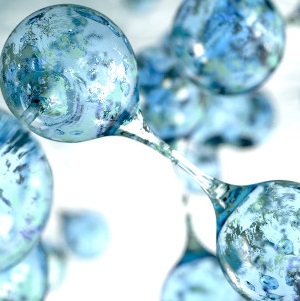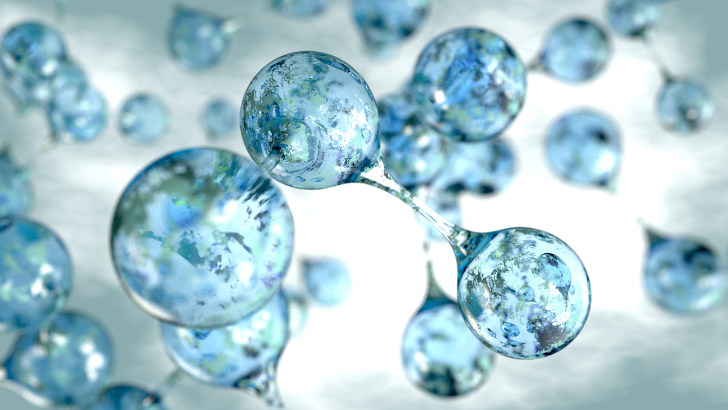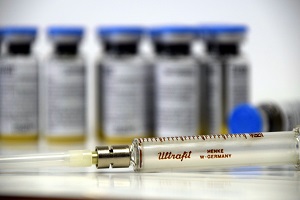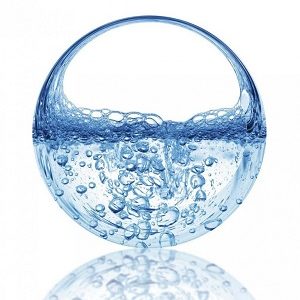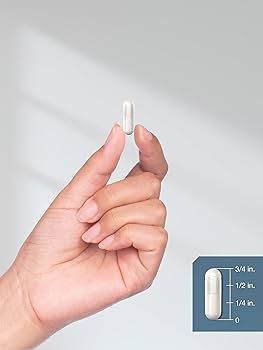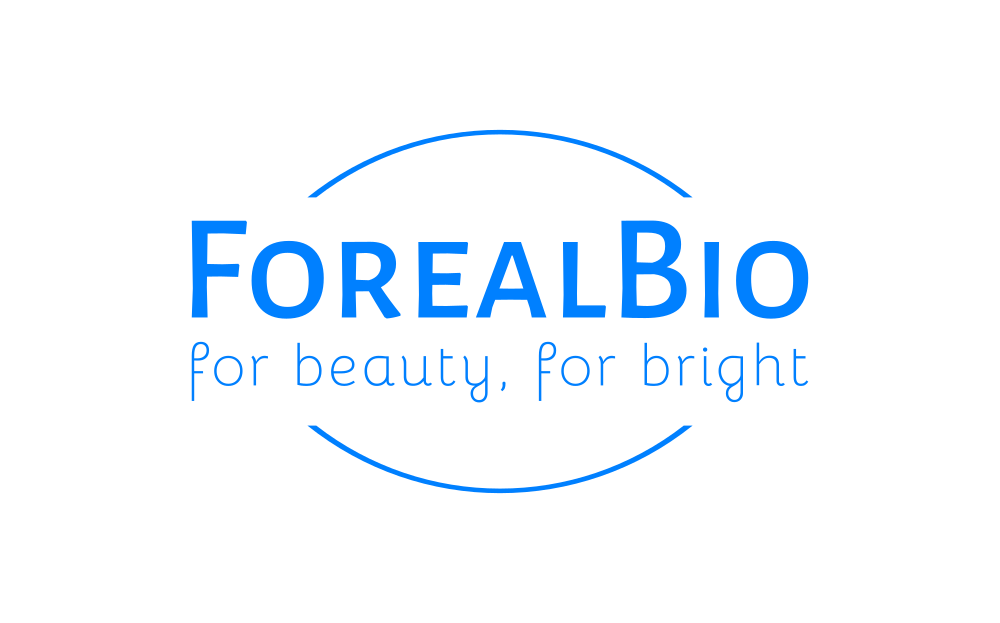Description
Sodium acetylated hyaluronate is a specialized form of hyaluronic acid that has been modified to enhance its benefits for skin care. It is a specialty Sodium Hyaluronate (HA) derivative which is prepared by acetylation reaction of the Sodium Hyaluronate.
The hydroxyl group of Sodium Hyaluronate (HA) is partially replaced with acetyl group. It owns both lipophilic and hydrophilic properties. This helps to promote high affinity and adsorption properties for skin.
Sodium acetylated hyaluronate has a fresh and not-sticky feeling that can provide superb moisturizing, repair skin barrier, improve skin elasticity, and leave skin smooth. Compared with the same concentration of hyaluronic acid, it is characterized by a much greater capacity to retain moisture in the epidermis and good skin affinity. Because of this, it can keep skin moist for long times.
Sodium Acetylated Hyaluronate is a derivative of Hyaluronic Acid (HA) which is a naturally occurring polysaccharide found within the body’s skin, connective tissues, and eyes. It is well-known for its ability to retain water and thereby maintain tissue hydration. HA itself is widely used in skincare and medical applications due to its excellent biocompatibility and natural moisturizing factor (NMF).
Benefit Claims: Easy To Handle, Excellent Adsorption Capacity, Improves Skin Elasticity, Moisturizing, Non-Sticky, Rapid Absorption, Repairing, Skin Barrier, Smooth Feel, Smoothing
Application Format: Creams, Leave On, Lotions
Use Level: 0.01 – 0.1%
Function:
Sodium Acetylated Hyaluronate is created by introducing acetyl groups into hyaluronic acid. The acetylation process enhances the affinity of HA to the skin as it makes the molecule more lipophilic (oil-friendly) compared to the native form. This alteration can increase the ingredient’s ability to bind to the skin’s surface, leading to better and longer-lasting moisture retention. The acetylation also can increase the stability of HA against enzymatic degradation, which is beneficial for prolonged effects.
Application:
Sodium Acetylated Hyaluronate is primarily used in skincare and cosmetic formulations. Due to its enhanced hydrophobicity, it can provide a non-greasy, smooth feel that is particularly favorable in a wide range of cosmetic products, including:
- Moisturizers: Its ability to lock in moisture helps keep the skin hydrated for longer periods.
- Serums: The ingredient can be included in serums for deeper skin hydration and to provide a base for layering other products.
- Anti-aging Creams: By helping to maintain skin hydration, it can reduce the appearance of fine lines and wrinkles.
- Sunscreens: It can be used in sun care products to help counteract the drying effects of sun exposure.
- After-sun Products: Its soothing properties make it an excellent addition to after-sun care.
- Foundations and Primers: It is added to makeup for its moisturizing properties without adding oiliness.
Benefits:
The benefits of Sodium Acetylated Hyaluronate stem from its ability to improve upon the already impressive properties of hyaluronic acid:
- Enhanced Moisturization: It offers superior moisturization by forming a breathable film on the skin that helps to prevent moisture loss.
- Improved Skin Texture: It can smoothen the skin’s texture, leading to a silky, more supple feel.
- Long-Lasting Effects: Due to its enhanced adhesion to the skin and resistance to degradation, it can provide hydration over a more extended period.
- Increased Stability: The acetylation makes it more stable and less likely to be broken down by hyaluronidases in the skin.
- Skin Repair and Protection: By maintaining the skin’s hydration, it can aid in barrier function, protection, and repair, which is beneficial for all skin types, especially dry and damaged skin.

